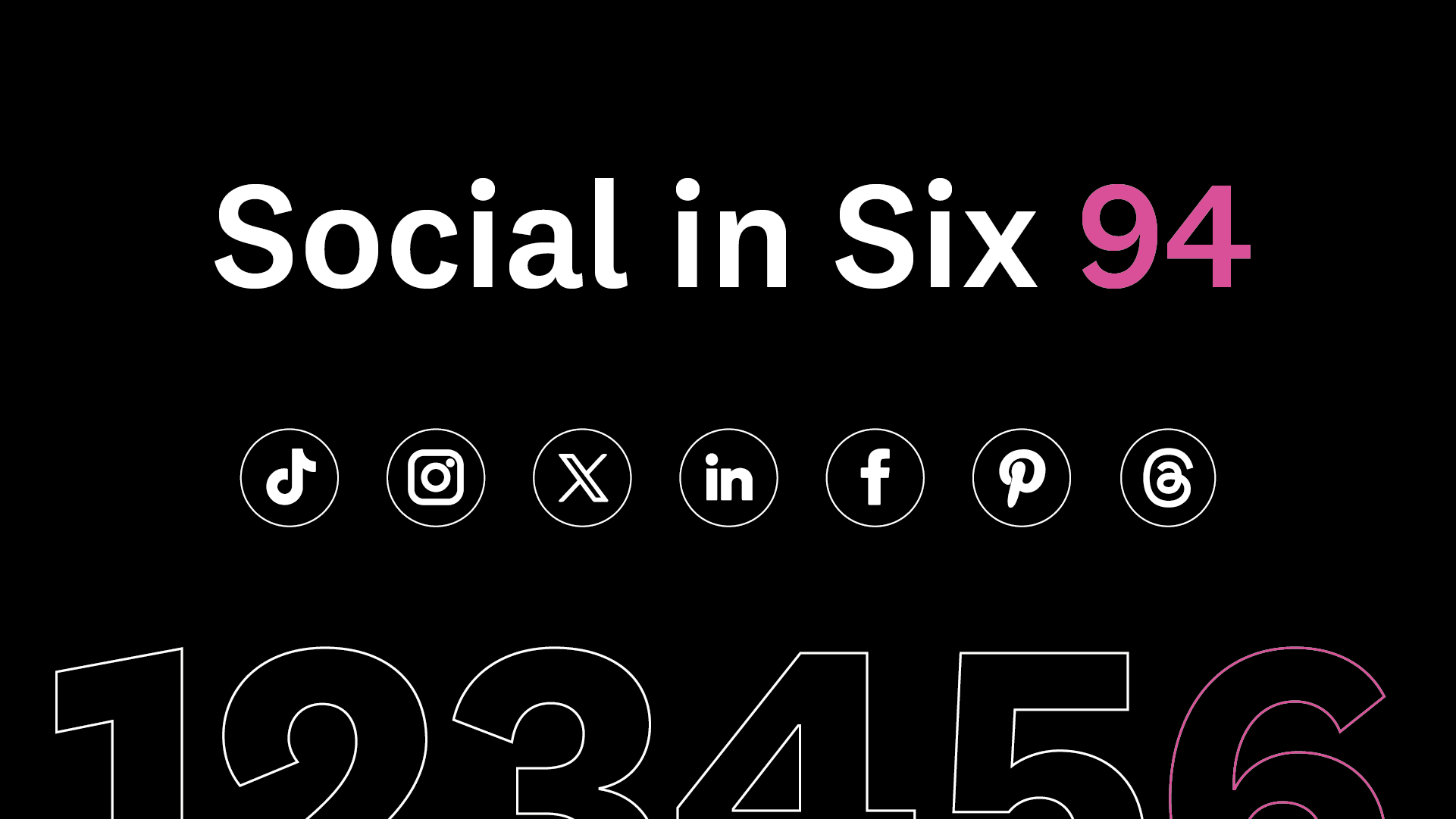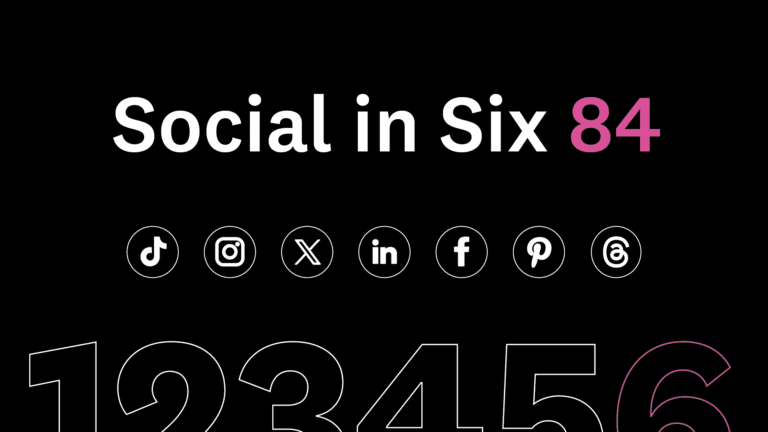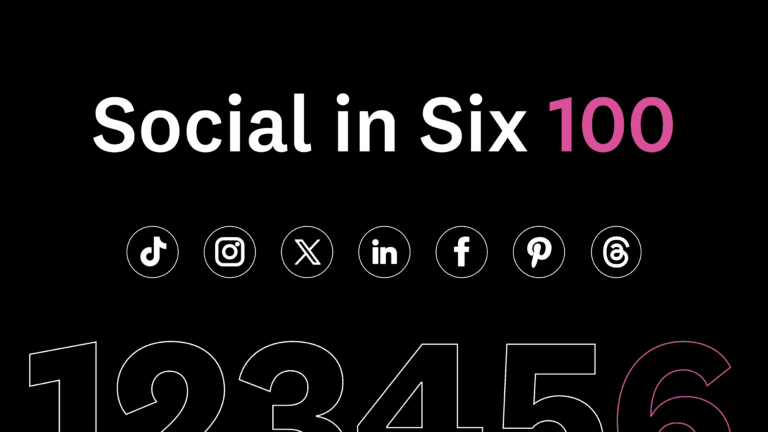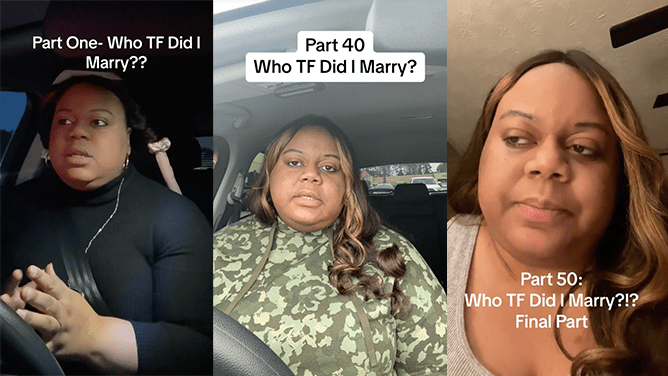Social in Six 94
1. TikTok has expanded its Pulse ad placements to more content categories
The story:
- TikTok is broadening its Pulse Ads programme, which lets advertisers place ads alongside TikToks ranking in the top 4% of performers based on views and engagement.
- The expansion now includes new publishers Formula 1, Red Bull Media and Warner Bros Discovery added to its Pulse Premiere offering, which lets advertisers place ads alongside approved publisher content in specific verticals of their choice.
- TikTok is also expanding its Pulse Core ad format to include Custom Lineups, which uses generative AI to offer the best content for a category or line up tailored specifically to the brand, and Category Lineups, which places ads next to top-performing content related to a topic or genre like sports or beauty.
So what?
This isn’t just about ad placement; it’s about strategic audience exchange. For established publishers like Formula 1, this creates entrypoints beyond their core fanbase into adjacent cultural spaces. Meanwhile, brands gain credibility by associating with top-tier content and hyper-specific audience segments. Brands should look beyond just placing ads in verticals where their audience already exists, and also position themselves in the middle of emerging cultural conversations.
2. Instagram is working on a repost button for posts and Reels
The story:
- After tinkering with the feature for some time, Instagram is reportedly rolling out a native reposting option for Reels and feed posts.
- If users have access, they’ll see a repost icon under a post or Reel. They’ll have the option to add their own text when reposting.
- If you repost content, your followers will see it in their feed, and reposts will also show up as a separate tab on users’ profiles. When someone reposts your content, your username stays visible and all engagement still counts towards your original post.
So what?
For brands, the Repost feature can build a gallery of real customer testimonials right on their profile and showcase content that feels less polished – cult favourites that customers genuinely love rather than just the latest product drops. Plus, it incentivises more UGC creation. When users see brands reposting customer content and sharing their reach & engagement with customer pages, they’re motivated to create their own – generating more organic visibility that feels genuinely honest compared to traditional sponsored posts.
3. Pinterest’s new Style Match feature uses AI to help people shop based on style
The story:
- Pinterest has updated its visual discovery tools by introducing AI-powered Style Match, which helps users find fashion items based on suggested Pins.
- When users view a Pin, Pinterest will generate words associated with the image, such as a description of the outfit, style, pattern, colour or fit. Users can tap on these search terms to further explore and shop.
- These tools will be available for women’s fashion content across the UK, US and Canada, and will expand to more categories and countries over time.
So what?
Pinterest’s AI-powered Style Match feature is reshaping how discovery works on the platform. This means that AI search optimisation is now essential, not optional.
It’s not just about keywords anymore – AI looks beyond text to understand user intent and context, matching preferences even when users can’t articulate exactly what they want. To succeed in this environment, brands need to adapt their content strategy to address real, everyday needs rather than just describing products. To show up more often, brands will have to solve for intent, not just search terms.
4. LinkedIn’s expanding its revamped BrandLink ad offering
The story:
- LinkedIn has rebranded its BrandLink ad offering, formerly known as Wire, which enables advertisers to place pre-roll video ads alongside selected publisher content.
- As part of the expansion, advertisers can now serve pre-roll video ads for Shows by LinkedIn, a selection of exclusive videos from top LinkedIn creators including Gary Vaynerchuk, Candace Nelson and Rebeccca Minkoff.
- Creators take a cut of ad revenue as part of the programme, although the exact amount is unspecified.
So what?
I think the BrandLink feature is particularly useful if you’re in the B2B space. I see this as an opportunity for startups, tech companies, and service providers who’ve struggled to find the right influencer fit on other platforms. These audiences aren’t casual scrollers – they’re decision-makers hunting for solutions to scale their businesses or fill skill gaps. If you’re offering SaaS tools, productivity apps and such, the pre-roll format catches users already engaged with trusted voices in their field, plugging your solution when they’re in a business mindset. It’s context that makes all the difference here.
5. YouTube has introduced improvements for brand-creator collaborations
The story:
- YouTube has announced new features to better facilitate creator collaborations, the first of which includes advanced search tools for Insights Finder (YouTube’s version of Creator Marketplace, currently still in beta).
- The platform is also expanding its Takeover Ads, a format launched last year. These ads allow brands to ‘take over’ a creator or artist’s channel or specific YouTube video with ads for a specified period, to capitalise on demand.
- YouTube’s also bringing Partnership Ads, which let brands run ads with organic creator videos, to its Display and Video 360 campaigns.
So what?
What YouTube’s new Takeover Ads really means for brands is ownership of cultural moments in a new way. So if we think about major tentpole events – Glastonbury, the FA Cup Final, or even Love Island premieres – at such times, when there’s a predictable surge in interest, brands can take over a creator’s entire channel during that peak. So if, say, Dua Lipa is headlining Glasto – a brand could do a Content Takeover of her YouTube channel that weekend; and now, this ad can also be preceded by a personalised message from Dua Lipa (or the creator) themselves – making the sponsorship more ownable for the brand. Anyone watching her videos during that massive viewership spike will exclusively see the brand as her channel sponsor. This is more than an ad placement, it’s basically laying claim to a moment when attention is at its highest, giving the brand 100% share of voice when it matters most.
6. TikTok is testing its own Community Notes copycat
The story:
- TikTok is live testing a new feature called Footnotes in the US, allowing approved users to add informative context to videos, similar to X’s Community Notes.
- Eligible contributors must be over 18, have used TikTok for at least six months, and have no recent community guideline violations in order to apply successfully.
- Unlike some platforms that have eliminated professional fact-checkers, TikTok will continue collaborating with 20 International Fact-Checking Network-accredited organisations alongside this community-driven approach.
So what?
With users now able to add context directly to content, brands need to get ahead of potential questions or scepticism. I’m seeing this as a signal to build trust proactively rather than reactive damage control. For content strategy, this means clearly labelling AI-generated elements, backing up claims with visible sources and addressing potential questions before they arise – especially for audiences who are increasingly sceptical with blurred lines between fact and AI. Remember, unlike Meta, TikTok is also adding professional fact-checkers to the mix, so the scrutiny will be both, widespread and expert-driven.


![Social in Six [094]](https://www.socialchain.com/wp-content/uploads/2025/05/SocialMinds-Podcast-Artwork-scaled.jpg)





